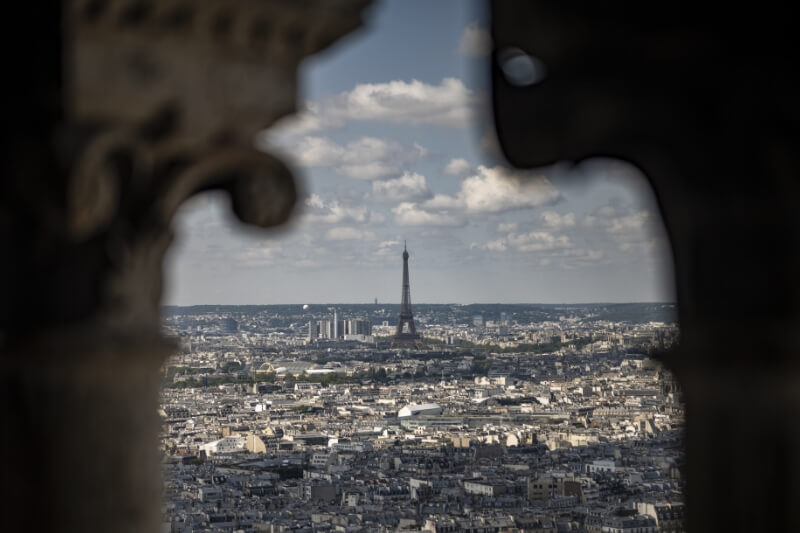
This seminar examines how Paris’ built environment has changed with the evolution of political, economic, and ideological systems in France from antiquity to the present. Starting with the Roman era, see how the Romans reshaped the city according to their notion of “civilization,” through city planning and the spread of leisure and political institutions. Then examine how the Christianization of France reshaped the Parisian landscape, from small parish churches to towering structures like Notre Dame Cathedral. Monarchs then sought to affirm their power through monumental architecture, which is still widely admired today. While many think of Paris as an “old” city, we will see how most buildings were in fact torn down for a spectacular reconstruction of Paris in the industrial 19th century. Finally, consider how Paris has adapted in the postindustrial age, with the demolition or reuse of industrial spaces for cultural and recreational purposes. Political, religious and economic leaders have thus remodeled the city according to their own aims and conceptions of the “good life.” The majority of classes will be held on site in the city: we will have the opportunity to explore the Roman baths and arena, magnificent churches, monumental architecture like the Louvre and the Arc de Triomphe, elegant neighborhoods such as the area around the Opéra Garnier, and finally innovative post-industrial spaces such as the Parc de la Villette. Through this exploration, students will learn more about the fascinating history of Paris and better understand its richness and dynamism today.
